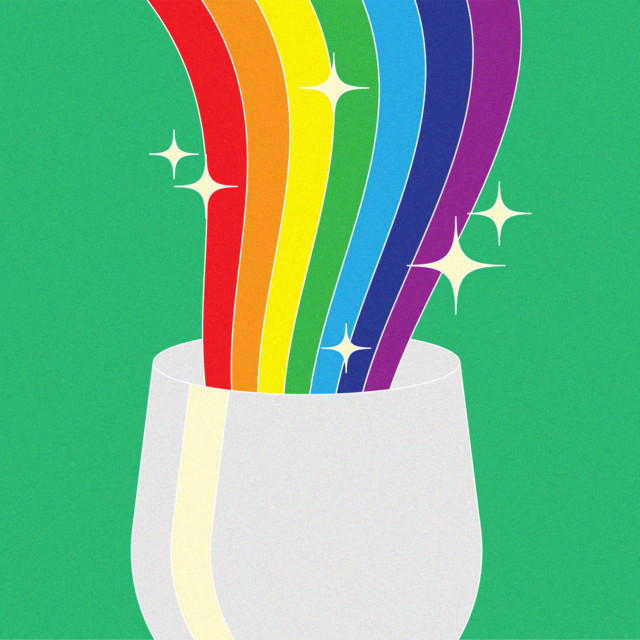When Alvaro Cardenas first started selling wine in 1996, it was common for him to be greeted by professionals who made inappropriate jokes about HIV and AIDS or commented, “Here comes this little f*g trying to sell me wine.” Add that he was a Latinx man in a predominantly white, Eurocentric and heterosexual industry, and he didn’t feel remotely welcome in his chosen profession.
Things have improved since that time, says Cardenas, who now owns Wine Stop, a pair of retail stores focused on providing organic and sustainably made wine in Los Angeles. But he and other LGBTQIA+ members of the wine world say the industry still has a long way to go to be more welcoming and inclusive. “As long as we have to talk about this, we know there is work to be done,” he says.
Stephanie Hofman, who works in marketing at Stoller Wine Group and recounts her wine country adventures on Instagram, says there’s “definitely a really intense range” of positive and negative experiences working in the wine industry. While some of the people she has worked for and with have been very supportive of her, she’s overheard plenty of offensive comments from customers and received questions that put her in very uncomfortable positions.
When she worked in tasting rooms, Hofman received queries about whether she was single or offers to be set up with customers’ sons. “Every time you ask if I’m dating someone, do I have to out myself? This is a professional environment and I don’t want to have that conversation,” she says.
Rachel Adams, founder of the Assemblage symposium for women and people of color in the wine industry and a wine publicist at Play Nice Public Relations, had similar experiences when she worked in consumer-facing roles in tasting rooms. On multiple occasions, she heard customers share very conservative political or religious beliefs — then point to her wedding ring and ask about her husband.
“I was often confronted with this strange moment of being unsure if it was safe to out myself,” she says. “I worked on commission in all those positions. The idea of revealing something personal about myself to someone who was holding a piece of my livelihood felt risky and scary.”
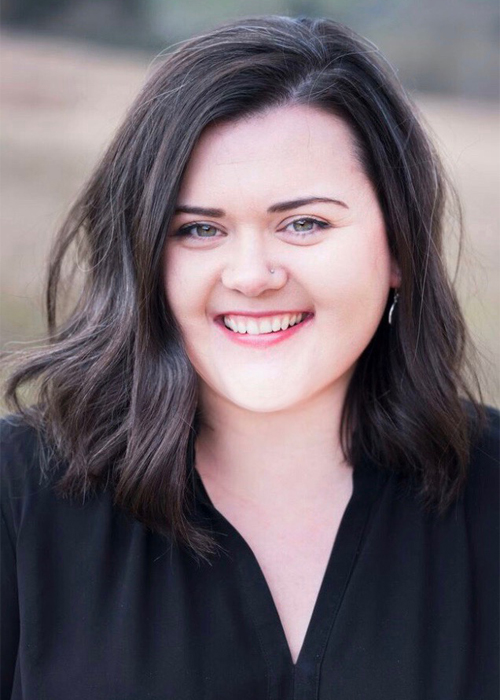
Corinne Rich, who runs Birdhorse Wines with partner Katie Rouse, says she has often experienced “weird or uncomfortable microaggressions” from people in the workplace. “I’ve had people make uncomfortable jokes,” she says. “I’ve had male coworkers try to objectify or degrade women in front of me thinking we were having a shared experience because we have a shared sexual preference. Things of that ilk happen not infrequently.”
Women face multiple challenges because of their intersectionality — the fact that they’re both female and queer in an industry where neither is common. But queer men have their own challenges because of society’s definitions and expectations around masculinity, especially in certain parts of the wine industry.
That was one reason it took Evan Lewandowski, owner of Ruth Lewandowski Wines, a long time to come out to colleagues. “There was absolutely fear of not being accepted and/or not being viewed as competent when compared to a straight man,” he says. Among some of the production staff he has met, there is a real belief that a gay man can’t drive a forklift, maintain barrels, or complete other manual tasks as well as a straight man.
There have also been times when Lewandowski participated in all-male picking crews and had people flout their heterosexuality and refer to each other as “f*gs” or “queers.” “What am I supposed to say to this picking crew? I’ve never been able to stand up and say something,” he says. “I wouldn’t feel backed up or supported.”
Although he’s never feared for his personal safety, he does worry about the loss of respect. “You work hard to prove yourself and build a rapport with people,” he says. “Is it worth losing that?”
“I came up through working in wine retail, where of course everyone’s going to be incredibly nice to me because I’m the one who decides if they’re going to sell 10 cases of wine today,” says Seth Eli Barlow, who now writes about wine for the Arkansas Democrat-Gazette and other publications.
But while he dealt with a lot of people who had a “forced acceptance” of diverse individuals in that role, it’s a little different in his current position. Once, a winemaker giving Barlow a tour of his personal cellar went on a long rant about a number of conservative topics, including his opposition to gay marriage.
These experiences are common, folks noted, because it’s not always possible to tell a person is queer just by looking at them. LGBTQIA+ individuals end up being subjected to a lot of microaggressions because of that — especially because people’s lips loosen up after they’ve had a few drinks.
“We are the invisible minority,” says Rich. “You cannot look at a room full of people and identify that there are queer people in that room.” It therefore takes quiet and careful investigation for professionals to find queer peers in their communities.
While being an invisible minority does present its own challenges for queer folks, those interviewed were quick to acknowledge that LGBTQIA+ people who present as cisgender have a certain amount of privilege that people of color — queer or straight — don’t. “When you’re queer, you learn at a very young age to read the room,” Lewandowski says. “You have the luxury to dress a certain way or change the way you talk or change your gestures if you know you’re in a room [with people who] are not going to accept you the way you are, but you need to be in the room because it’s the job you want.”
Queer people of color don’t have this ability, and the threats to them are significant. A recent report from the Williams Institute at the UCLA School of Law said that 79 percent of Black LGBT adults had experienced verbal insults, 60 percent had been threatened with physical violence, and 44 percent had been physically or sexually assaulted.
“For trans people, it’s a lot harder, and there’s a lot more concern and worry,” says Hofman. Emotional and physical violence is even more common against transgender individuals. And when people have consumed alcohol, “that’s when things do get dangerous. There’s a real concern about safety,” she says. In 2020, 44 trans individuals were murdered, which is the highest number since the Human Rights Campaign started tracking this information in 2013. That number is likely an undercount, as violence against trans individuals is often not reported or misreported.
Barlow acknowledges that he might not have borne the brunt of much discrimination at tasting rooms because both he and his boyfriend are 6-foot-4 white men. But, he notes, he doesn’t wear nail polish or do anything else that might violate gender norms when he goes to tasting rooms. “Would that change the atmosphere or how I’m perceived or received?” he wonders.
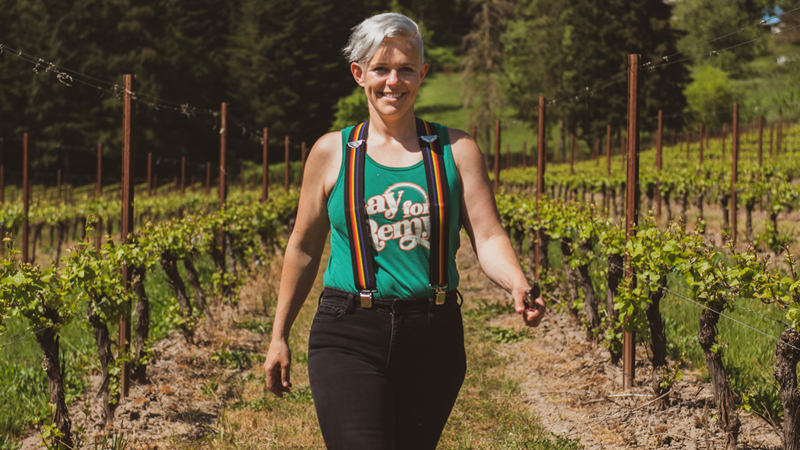
Black Lives Matter a big contributor to calls for greater equity and inclusion
Remy Drabkin, owner of Remy Wines, has plenty of stories that illustrate the challenges for queer business owners and workers. In 2020, Drabkin was a lead organizer of the first Oregon Wine Country Pride Parade. When videos of the event were included in the winery’s newsletter, the responses included some very nasty messages back — things like, “I’m here to drink wine, not to have you push your politics down my throat.”
But Drabkin has seen a definite change in people’s attitudes in the past year, something that seems attributable primarily to the Black Lives Matter movement. “The U.S. over, there are a lot of people in dominant cultures that are questioning their own allyship,” says Drabkin. “Those that are recognizing their roles in oppressive systems want to be part of an outward expression of support for minorities.”
“The Black Lives Matter movement really woke everyone up,” says Hofman. “I’ve been doing diversity and inclusion work in the industry for about three years now, and there were people who would say, ‘This isn’t necessary. We’ve done enough. We need to move on.’” After George Floyd was murdered last year, “all at once, people were like, ‘Oh no, there’s a problem.’” (Many of those interviewed say they face much greater acceptance from younger customers and coworkers.)
In Drabkin’s community, the growing support from minority communities has manifested itself in ways both positive and negative. Last year during Pride Month, only one local business in McMinnville had a rainbow display in its window for the month of June. This year, businesses have been proactively requesting rainbow flags and flying them at their businesses. Drabkin and colleagues have distributed over 300 flags this year, for free to businesses and through sales to individuals.
What’s been more challenging is that as organizations have focused more on diversifying their boards and committees, minorities who are willing to get involved have been met with an avalanche of requests to volunteer. People in the industry need to ask themselves, “How do we specifically support minority-owned wineries without asking more of them?” Drabkin says. “Because right now, there’s a really tall demand on minority winemakers and wineries.”
Organizations also need to reevaluate their cultures to determine if the reason they don’t have employees or board members from a range of backgrounds and life experiences is because they haven’t done enough to make everyone feel comfortable.
What the wine industry can do to increase equity and inclusion
Beyond looking at their internal culture and finding ways to give to minority communities without asking for more in return, there are many things the wine industry can do to become more inclusive and welcoming to people under the LGBTQIA+ umbrella. One of the most vital is providing more training and education for staff.
“We need challenging oppressive moments training and management training,” says Adams. “One of the things that’s plagued the wine industry in Oregon for a long time is that it’s this network of tiny family-run businesses that individually don’t have the resources to hire a full-time HR person.” But businesses can pool their resources to offer this training to all their employees, or take advantage of free or reduced-cost training offered by industry organizations. The Oregon Wine Board and the University of California-Davis are among the organizations that have offered this type of programming this year.
Queer employees need to know they’ll have the backing of management if they stand up to customers engaged in offensive behavior. Companies must also make sure “employees know and are confident that if they are out and openly gay, the employers will back them up and create an environment that is accepting, inclusive, and holds accountable those that don’t adhere to these values,” says Lewandowski.
Investing in education and mentorship for staff members who are queer or from other minority communities is crucial. It’s not enough to hire a person from a minority group and check the diversity box, says Cardenas. “My former employer gave me the tools and the resources I needed not only to do this work, but to succeed at it.” That included paying for his certification through the Court of Master Sommeliers and funding travel to various wine regions so he could continue his education.
Rouse from Birdhorse Wines believes there is a real need for mentorship. “I feel lucky enough to have worked for a really amazing queer woman who has been a mentor for both of us,” she says of herself and Rich. “Seeing that and having that allyship and knowing other people in the industry are queer has been amazing.” Last harvest, she mentored a young queer winemaker who has continued their work and education in the industry, which has been very satisfying for Rouse to see. In the future, Rich hopes there are more mentorship opportunities for people with multifaceted identities.
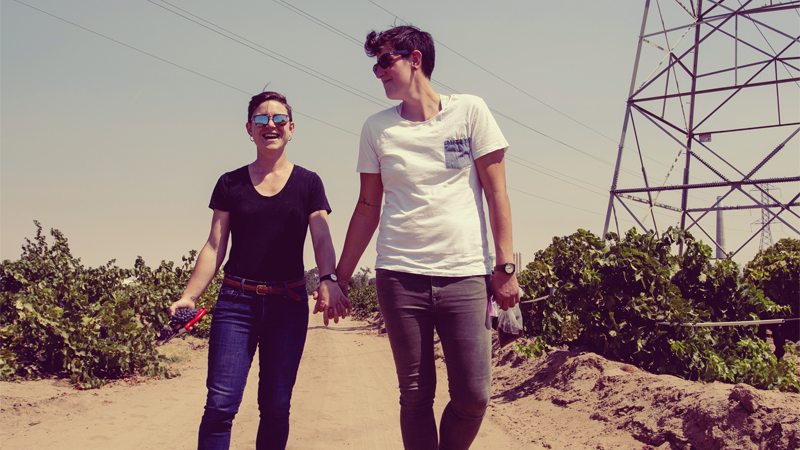
In general, support for intersectionality is something that many of the people interviewed would like to see. Hofman says she often thinks of identities as backpacks. People who are queer carry one backpack; queer people of color or women carry two; trans individuals may add on a third. “We need to find ways to recognize those people and see if they need help,” she says. “Not everyone has the ability to hold all that weight themselves.”
There is also a real need for allyship within the straight community of wine drinkers. “It’s nice whenever you know that in your industry, people have your back,” says Hofman. “You don’t just have to be around three or four people to feel safe. If you’re pouring at an event and something happens, you’ll be supported and have a community.”
In addition to individuals showing allyship, there is a need for the broader industry to stand up to discrimination. In Oregon’s wine country, a local printer that creates wine labels for many brands recently refused to print educational materials discussing sexual orientation and gender expression for a school district.
“I’m not a ‘let’s go have a smear campaign about a business’ kind of person; however, I do think that people should be informed of where they’re spending their money,” says Drabkin. “And if you have a business that’s actively discriminating again the queer community, then what is the role of the industry in response to that?” How these scenarios play out over the next few years will show how far the industry has really come in supporting minority communities.
There are numerous other things wine businesses can do to support the queer community. Adams recommends that companies look for health insurance policies that cover medical issues specific to the LGBTQIA+ community, including trans health care. Tasting rooms can designate bathrooms as gender neutral. Both Drabkin and Barlow say they would like to see people better represented in the media, including advertising. “When was the last time you saw a wine ad that had a gay couple at the dining table instead of a straight couple?” Barlow says. “The beer industry does that. So do spirits.”
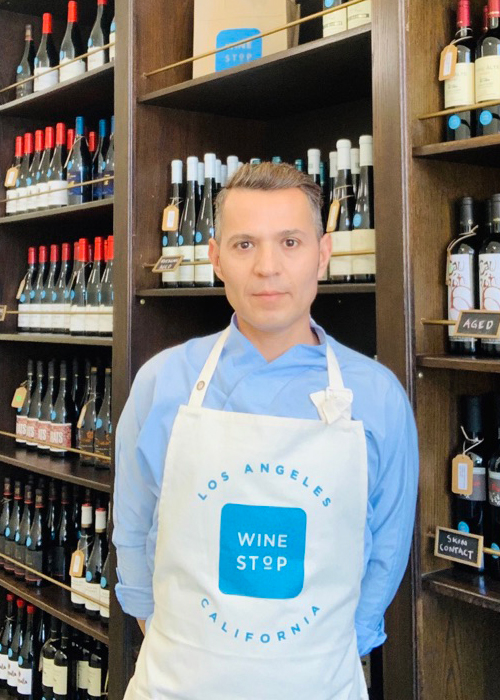
These things are important from a moral perspective, but there’s an economic case for it, too. Owners who take responsibility for diversifying their businesses and making sure they are welcoming and inclusive are likely to see increased sales and broader support. “I want everyone to come and shop at my wine shops, so if you come to my shops, you will see people of many different backgrounds,” Cardenas says. “I want everyone who walks through my door — from our customers to our staff members — to feel welcome and appreciated.”
As someone who lives in the middle of the country, Barlow already feels excluded from the coastal-centric wine industry at times. Not being part of the dominant culture adds to that. “I think we have to remember that wine is for everyone, whether you’re gay, straight, a person of color, or live in Napa or a random little town in Arkansas,” he says. “The more people who are drinking wine, the better wine is for everyone.”
This story is a part of VP Pro, our free platform and newsletter for drinks industry professionals, covering wine, beer, liquor, and beyond. Sign up for VP Pro now!
